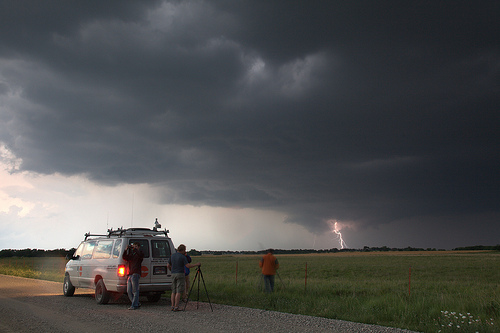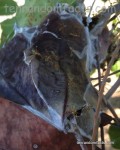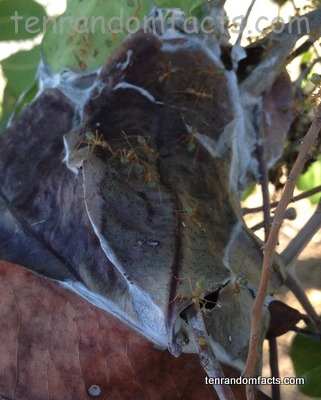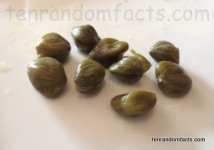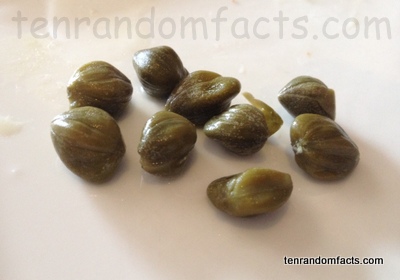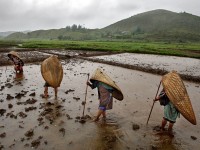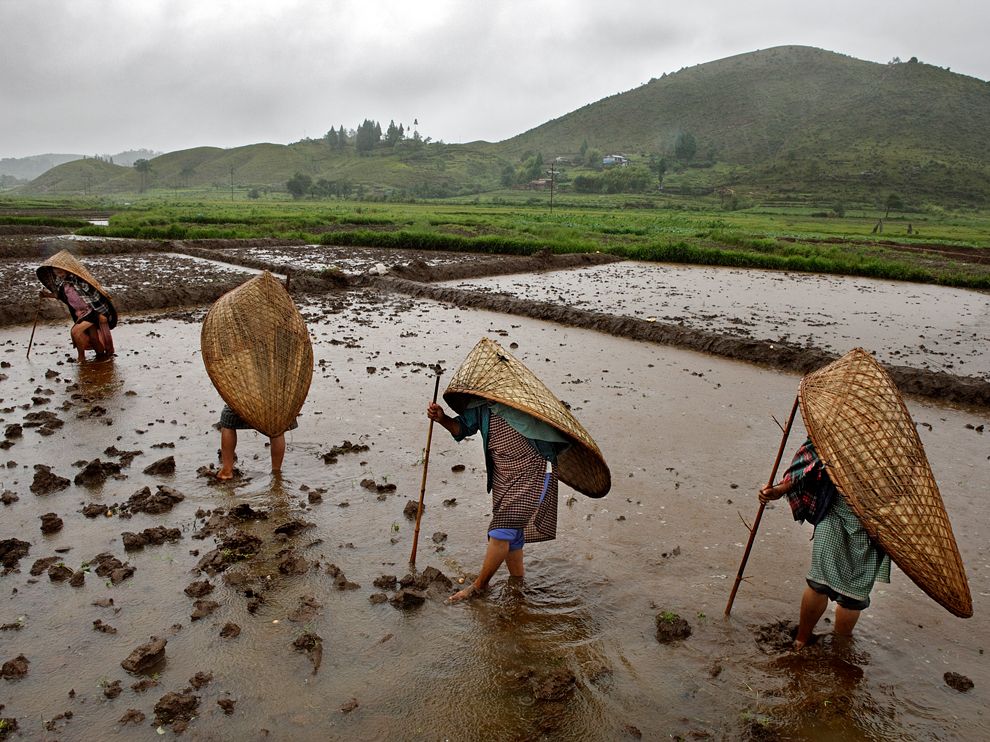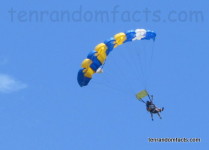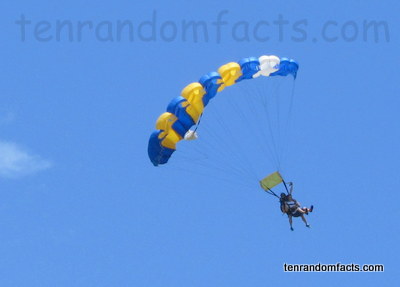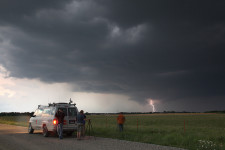
There are no boundaries in this Tornado Alley.
- Tornado Alley is a section of the United States of America that experiences a significant amount of tornado activity each year.
- ‘Tornado Alley’ as a term, originated as a project name for an investigation into tornadoes in central United States in 1952.
- There is no official territory designated as Tornado Alley, however the rough location is mostly in central North America, particularly the states of Oklahoma, Kansas and Texas, as well as Nebraska, in the United States.
- The use of the term ‘Tornado Alley’ was mostly popularised and influenced by the media, however it has since been adopted by some scientists.
- An extensive quantity of tornadoes develop in Tornado Alley due to the convergence of cold dry wind, warm dry air, and warm moist wind.
In Tornado Alley
Image courtesy of Lauri Väin/Flickr
- Although in a notable tornado danger zone, there has been no or little increase in regulations in building requirements in the states that are in the Tornado Alley region.
- An average of around 268 tornadoes occur each year in the Tornado Valley, which equals to about 30 percent of the tornadoes that occur in the United States annually.
- Due to the large amount of tornado formations, Tornado Alley is a prime zone for scientific observations by storm chasers.
- The ideal conditions for tornado creation in Tornado Alley, generally develop tornado formations of a higher violence.
- In May 1957, the New York Times was among the first media outlets to use the term “Tornado Alley”, which was used as an article headline.
Bibliography:
Heberton B, A Tornado’s Cost: Living in Tornado Alley, 2014, United States Tornadoes, http://www.ustornadoes.com/2014/04/24/a-tornados-cost-living-in-a-tornado-alley/
Tornado Alley, 2015, Wikipedia, https://en.wikipedia.org/wiki/Tornado_Alley
Tornado Alley, n.d, National Centers for Environmental Information, https://www.ncdc.noaa.gov/climate-information/extreme-events/us-tornado-climatology/tornado-alley
Zimmermann K, Tornado Alley: Where Twisters Form, 2012, Live Science, http://www.livescience.com/25675-tornado-alley.html






